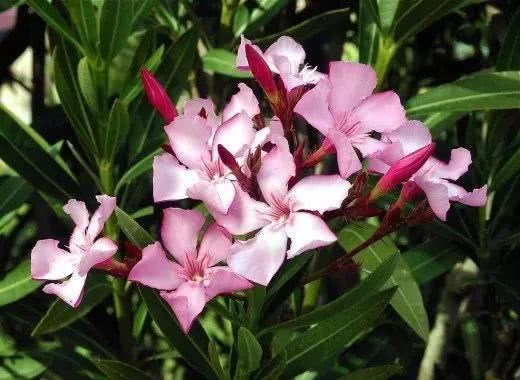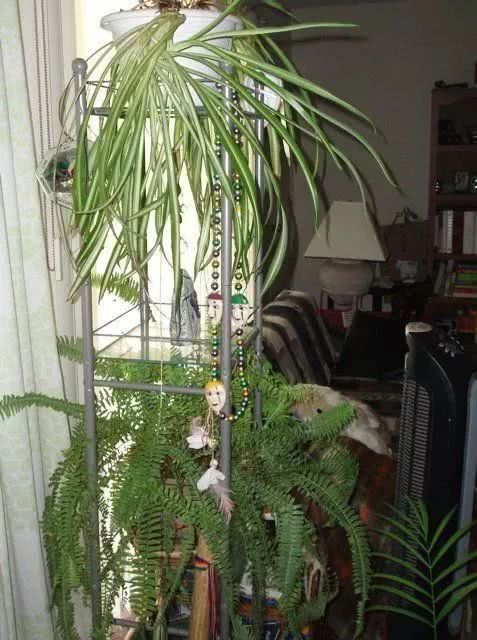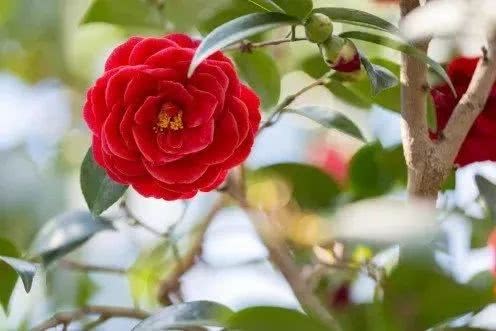These 11 poisonous plants must not be kept at home, otherwise they will affect people's health.

Plant breeding at home will bring a lot of benefits, not only good decorative plants, but also can improve the environment, absorb common indoor harmful pollutants, increase indoor oxygen content, is very good for people's health.
But some plants are poisonous, and their branches, leaves, flowers, fruits or juices can be toxic, so you should be very careful when you take care of them, especially if you have children or pets at home, you must avoid their random touch. the following poisonous plants are best avoided.
1. Oleander
Oleander is the most common poisonous plant, it is a very charming landscape flowering plant, raised in a sunny place can maintain a year-round flowering state, it has very beautiful and charming flowers, the most common are pink, white and yellow varieties.
Oleander leaves, branches and juice are poisonous, must avoid children to touch, but also to avoid accidental eating.
two。 Amorphophallus
The flower-leaf taro has very beautiful leaves with beautiful lines on the leaves, which is very suitable for planting in shady places. It needs little light and likes a warm and humid environment all the year round.
It is very suitable for cultivation as a landscape plant and has a good effect on purifying the air, but to avoid keeping it indoors, its juice is poisonous and is easy to be poisoned if eaten by mistake.
3. Dieffenbachia
Evergreen is also known as dumb plant, that is, it is easy to cause sore throat after accidental ingestion, and serious ones can lead to mute. Its juice is the most toxic and easily irritates people's lips, mouth, tongue and digestive tract. It can lead to inflammation and other conditions.
Evergreen is a very bright indoor foliage plant, like the warm and humid environment all the year round, the maintenance position should be kept ventilated, the soil should be kept moist in spring and summer, and watering should be properly controlled in autumn and winter.
4. Fritillaria
There are many varieties of Fritillaria, it has very beautiful flowers, ornamental is very unique, it is generally planted in the yard as a medicinal plant, it is not suitable for indoor, the most common colors are green, yellow, pink, red and brown and so on.
Fritillaria can cultivate potted plants on the balcony, its leaves are very bright, the leaves are very large, although Fritillaria can be used as medicine, but it is poisonous, to avoid accidental eating.
5. Tortoise back bamboo
Few people will know that, in fact, tortoise back bamboo is also poisonous, although it has a very good effect of purifying the air, but we must be careful to avoid accidental eating, if the skin is more sensitive to its juice, it is easy to cause skin sensitivity.
It likes the warm and humid environment all the year round, the lowest maintenance temperature should be kept above five degrees, and the air humidity should be kept high.
6. Poinsettia
Poinsettia is a very common indoor potted plant, is very popular in winter and spring, the most popular is the top bract ruddy variety, it can grow well indoors and outdoors, pay attention to cold protection in winter.
In fact, poinsettia is also a poisonous plant, it can be placed on the balcony or porch, it is best to avoid keeping it indoors, to avoid accidental eating.
7. Calla lily
Calla lily is a kind of tuber plant. It has swollen tubers at the bottom of its rhizome. It belongs to Araceae and can produce very beautiful flowers. In fact, we can see that the bright petals are its bracts. The real flower is hidden in the bracts.
Calla lily contains a calcium oxalate substance, it is toxic, when changing the basin should also pay attention to wear gloves, to avoid accidental eating.
8. Foreign daffodils
Narcissus is a very attractive bulb plant, blooming in winter and spring, in fact, it is also a poisonous plant, its toxicity is concentrated in the bulb.
The bulb of Narcissus contains calcium oxalate crystals, which is a toxic alkaloid. If eaten by mistake, it is easy to cause discomfort in the mouth and throat, nausea, vomiting and diarrhea, and some people are prone to dermatitis if their skin is sensitive. The skin is prone to redness and itching.
Some people even regard the bulbs of daffodils as edible onions. They look very similar, so be careful not to eat them by mistake.
9. Hyacinth
Like daffodils, hyacinth is also a poisonous plant of bulbs, its bulbs contain calcium oxalate, must avoid eating some people with sensitive skin, but also easy to cause skin sensitivity.
10. Tulip
There is also a harmful toxin in the bulbs of tulips. If it is easy to cause dermatitis by mistake, wear gloves when changing pots and handling bulbs to avoid eating by mistake.
- Prev

The skill of watering several kinds of plants in the room is no longer afraid to hang up too much plant water.
Indoor potted plants are properly maintained, they will grow very exuberantly, can maintain a very gorgeous state. Plants placed in the house will liven up the whole space, make people feel more relaxed, and help to increase life.
- Next

Using cut camellia branches to propagate in a flowerpot can grow into a beautiful potted plant.
See the camellia with brilliant and charming flowers, many people want to plant a pot, why not try branch cutting propagation, only need to cut a section of cork branches about 7 centimeters, can carry on cutting propagation. Camellia is very.
Related
- Wuhan Hospital Iron Tree Blooming Result Was Instantly Frightened by the Gardener Master
- Which variety of camellia is the most fragrant and best? Which one do you like best?
- What is the small blue coat, the breeding methods and matters needing attention of the succulent plant
- Dormancy time and maintenance management of succulent plants during dormancy
- Minas succulent how to raise, Minas succulent plant pictures
- What are the varieties of winter succulent plants
- How to raise succulent plants in twelve rolls? let's take a look at some experience of breeding twelve rolls.
- Attention should be paid to water control for succulent plants during dormant period (winter and summer)
- Watering experience of twelve rolls of succulent plants
- Techniques for fertilizing succulent plants. An article will let you know how to fertilize succulent plants.

